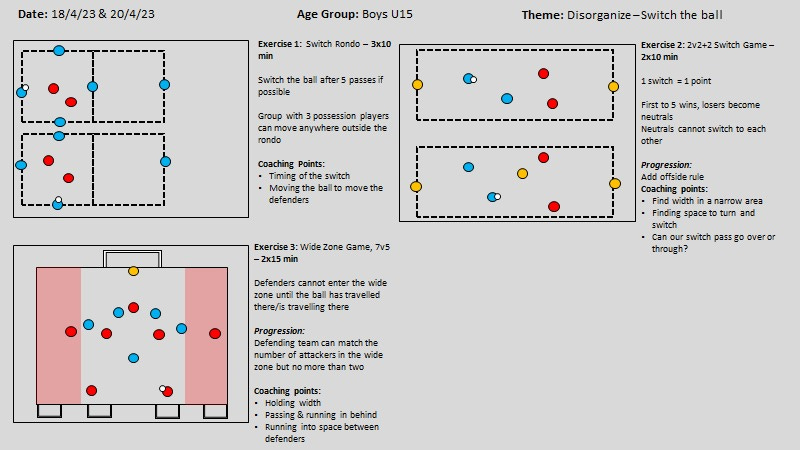Good morning! I want to talk about touchline wingers and why they’re just the best. Before we start, please like this post by clicking the heart! If you do that then Substack will show more people The Weekly Rondo!
If you haven’t already, please subscribe!
Enjoy the newsletter!
Neat Reads
Neat Reads is a segment where I share an article or podcast that interests me and relates to our weekly theme.
This article from The Coaches Voice talks about how width creates space for half-space attackers.
Width creates space which creates chances which creates fun
This is purely anecdotal and not based on any sort of statistical research, but I just love touchline wingers. Get me some excellent 1v1 dribblers who hold maximal width and I’m happy.
With touchline wingers you get one of two outcomes:
The closest fullback presses, creating space between them and their center-back
The closes fullback doesn’t press, giving the winger time and space to attack the fullback 1v1
With the former, you create space for a player to attack the half-space. From there, the player can receive and go for a cutback or go for goal themselves.
With the latter, you get to watch the winger attack their defender 1v1 as they display their flair and creativity.
You get the best of both the positional and relational play worlds.
Touchline wingers are also some of the easiest positions to coach. We largely rely on their own technical ability for the 1v1 stuff, while they rely on our ideas for the positional stuff like creating space for half-space runners.
With inverted wingers and inside forwards becoming more and more popular and trendy throughout the years, traditional touchline wingers will always have my interest.
Exercise of the Week
This entire session plan is best for getting the most out of your touchline wingers. Every exercise either focuses on creating width or taking advantage of our width creating players. From there, we can make coaching points based on what we see.
Are we creating width? Half-space runners need to get involved.
Are the defenders pressing the wide players? If no, let’s encourage our wide players to attack them 1v1 and combine with players in their proximity.
Conclusion
Thanks for reading this week! Please “like” this post by clicking the heart icon above. Substack will show this to more people if you like it, which means more paid members, which means more paid writers for this publication!
Once you’ve liked this, share this newsletter with a friend or every single person you have ever met.
See you next week!
Kindest,
Cameron





